| Weight | 1000 g |
|---|---|
| Blade Size and Type | 13 inch (32.5cm) and Unpolished blade. |
| Handle Size and Type | 6 inch (15cm) and Fixed Blade. |
| Hardness of steel | spine=22-25 RC, belly=45-46 RC, edge=54-55 RC. |
| Overall length | 19 inches. |
| Place of Origin | Dharan (Eastern part of Nepal). |
| Material Used | highly-graded-carbon-steel-car-jeep-leaf-spring1075-1095for-blade-camouflaged-cloth-for-scabbardoutside-and-sadhan-wood-for-the-handlepinewood-for-scabbard-inside-brass-and-laha-nepali |
| Complementary | Certificate of Guarantee,Tag,Wrapping Lokta Paper,RGR Cap Bazz,National Flag of Nepal. |
13 Inch Chainpure Camouflaged Kukri
This is 13 inch chainpure camoflash Kukri. This Chainpure Camouflaged Khukuri (kukri) is the unpolished khukuri used also by Gurkha soldier for tactical jungle warfare.
$90.00
When the Gurkha soldier joins the British Army they get Jungle khukuri on enlistment and later on most of the soldiers camouflaged their khukuri (kukri)when they are stationed in war hit countries. The blade comes two pockets on the back of the scabbard which hold a blunt steel called “chakmak” for sharpening the blade or for striking spark from flint and a little knife known as “karda” used for skinning,cutting paper and opening later. The notch (kaura or kaudi) in the blade near the hilt of most khukuris serves as conduit for the blood on the blade to drip out, thus preventing it from soiling the hilt, as well as a device for catching and neutralizing and enemy blade.The handle is more practical, more beautiful.
Only logged in customers who have purchased this product may leave a review.

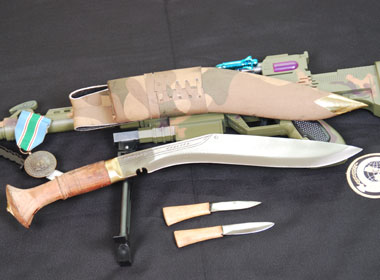
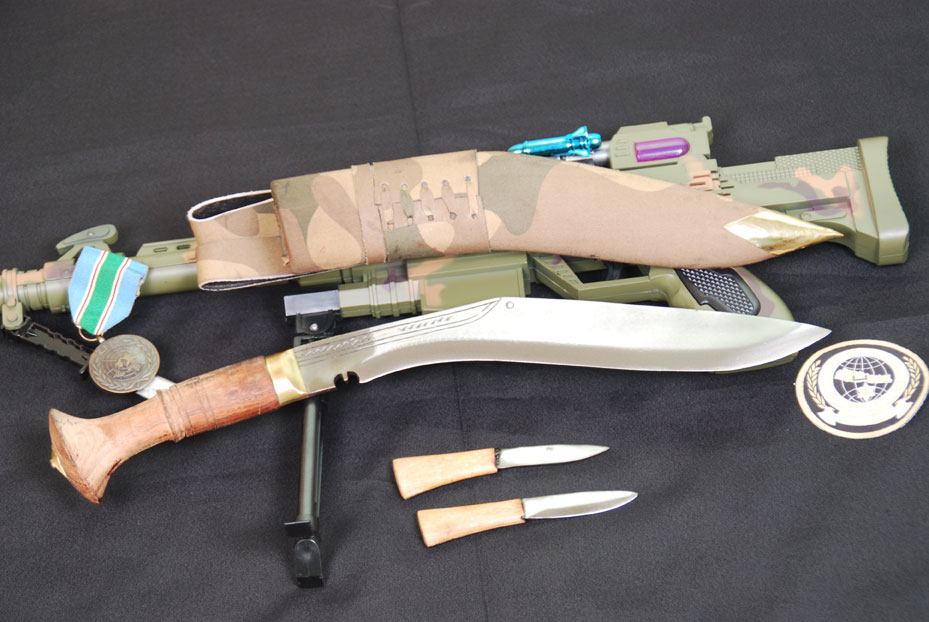
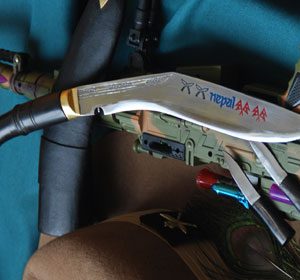
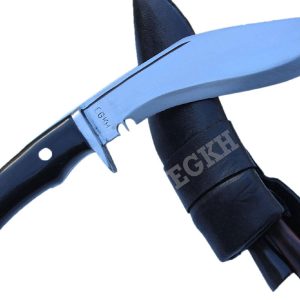
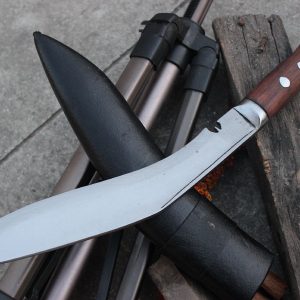
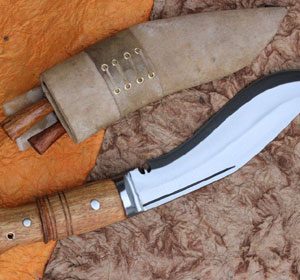
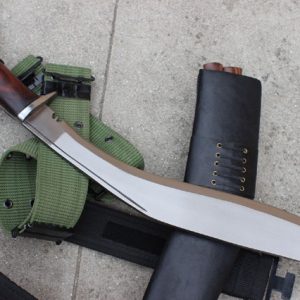
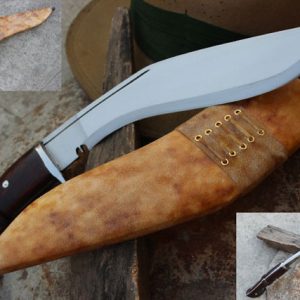
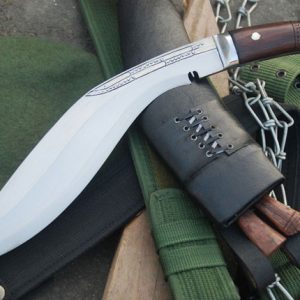
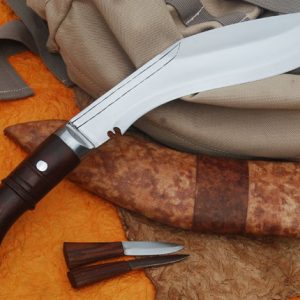
Reviews
There are no reviews yet.